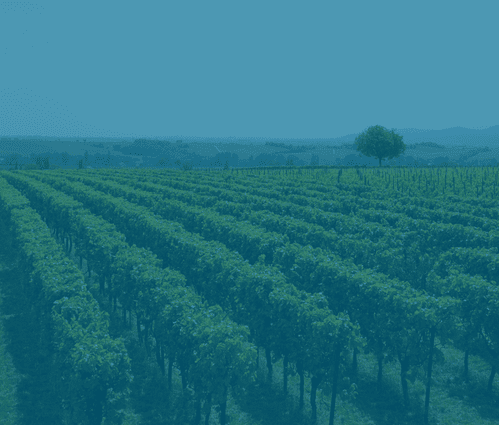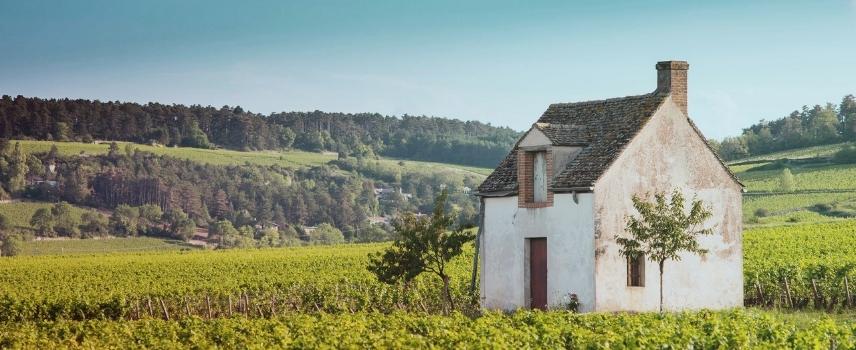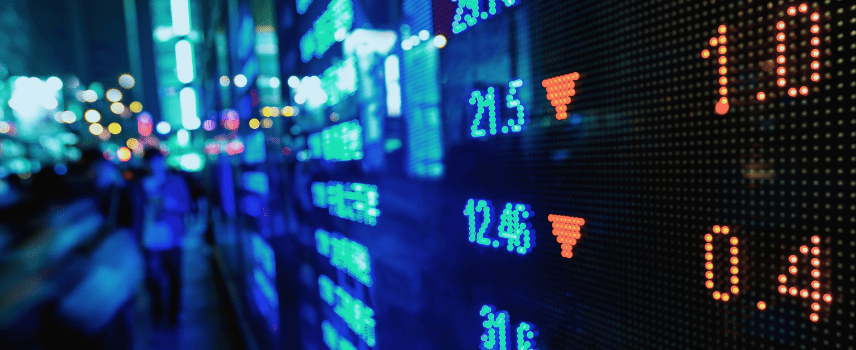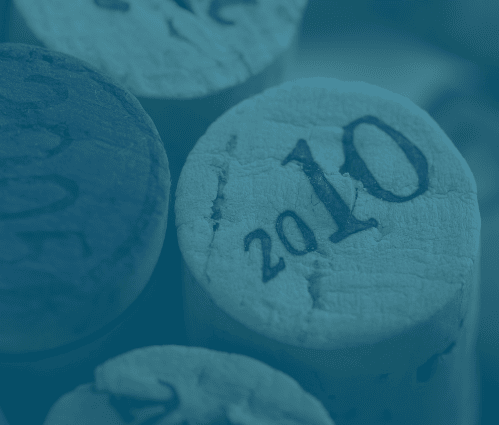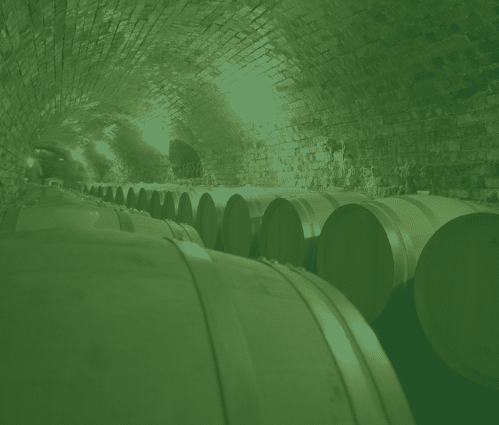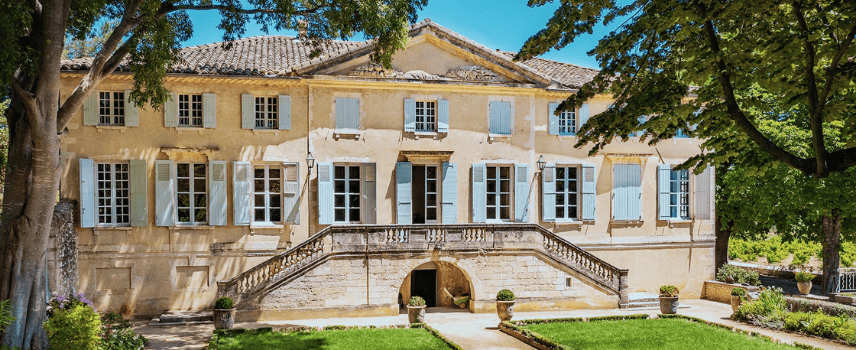When it comes to fine wine investments, the environment probably isn’t the first thing that crosses people’s minds. We’ve taken a closer look at why, we believe, it should be reconsidered as an Environmental, Social and Governance (ESG) or Socially Responsible investment.
With ESG, alcohol is usually one of the first asset classes to get screened out[1]. Interestingly, this could stem from the Quaker movement, who first started the trend of ethical investing about three hundred years before it became mainstream[2]. This famously teetotal religion encouraged investing, but only if it toed the holy line. In the late twentieth century, other investments came under fire too, especially those which profit from war. Today, it’s generally accepted that investments in alcohol, pornography, gambling, and weaponry cannot be “ESG”[3].
But is this approach a little sour? Especially when you can find the likes of British American Tobacco, McDonalds, Coca-Cola, PepsiCo, British Petroleum, Phillip Morris, ExxonMobil and more featured on popular ESG funds[4]? How could fine wine possibly be worse for the environment than junk food or oil companies? And is it time to reset the dial and realise the true environmental potential of this asset?
Here are five sobering reasons why fine wine should be reconsidered as an ESG investment:
1. Vineyards are a carbon sink
A rugby-pitched-sized area of vineyard soaks up a respectable 2.84 tonnes of carbon every year[5]. For context, three of these plots would balance out what the average Brit emits annually[6]. Unlike most other ESG investments today, this off-setting is a natural and intrinsic part of the business model of wine-making. It’s not an ‘extra’. This is no ESG stunt or short-term project.
Supporting the healthy growth of plants is essential to the production of winemaking. There are precious few investments which literally grow on trees and soak up carbon as part of their day-to-day functioning.
2. Soil quality can be enhanced through fine wine
What’s more, vineyard managers who mulch or compost their old or unused vines (rather than burn them) can save an additional 4.5 tonnes of carbon[7]. As well as helping to mitigate climate change, this also raises the quality of the soil, which is great news for local ecosystems too.
Soil degradation is hot on the radar for concerned environmentalists. Around a third of the planet’s land is damaged from intensive farming[8]. And, alarmingly, fertile soil is being lost at a rate of 24 billion tonnes a year[9]. Sustainable vineyards provide a welcome respite against this concerning environmental damage.
3. Organic wine production supports pollinators
Vineyards can also offer welcome sources of nectar for pollinators, like bees. These tiny creatures are vital for our planet and well-being. It’s estimated that one third of all our food is thanks to the humble pollinator moving from plant to plant and spreading seeds along the way[10]. Sadly, over the past decades, irresponsible agriculture, overzealous pesticides, and the loss of wild meadows have seen these essential creatures fall into steep decline.
Organic or pesticide-free vineyards – often one of the hallmarks of fine wine – helps bees and other pollinators get back on track. Small flowers bud around the vines as by-products, and split grapes provide rewarding sweet juice for the hungry invertebrates. Some wineries are now planting more native shrubs around vineyards to further support pollinators[11].
4. Fine wine fights back against single-use plastic
Plastic is fast becoming a dirty word – and especially single-use plastic. Even 400 years after it’s thrown away, this packaging will not have biologically degraded[12]. As activists and environmentalists call for an end to this era, fine wine could help carve out a new way forward. Unlike disposable plastic, fine wine glass bottles are something to be treasured.
What’s more, glass has a much higher recycling rate than plastic alternatives, and unlike plastic it can be 100% recycled.[13] Although glass is by no means a perfect solution, it seems to be a better way forward than many other “ESG” junk food, soft drink or oil companies are offering. Fascinatingly, some wineries are even experimenting with light-weight glass and even cardboard bottles as we type[14]. Watch this space!
5. Vineyards help fill rocky terrain and hills with plants
As anyone who spent a youthful summer picking grapes will be able to tell you, it was more of a work-out than expected! This is because the knee-high vines are usually grown on steep sunny hills and even over rocky terrain.
While this may be strenuous on the hamstrings, it’s great for using up space wisely. Vineyards often voyage up mountains and valleys to face the sun. This helps to fill up otherwise unsuitable stretches of hillside with plants and flowers.
The higher altitude also acts as a natural pesticide, making it much easier to create organic wines. What’s more, these vineyards are also less likely to catch and spread grape diseases[15], adding yet another environmental benefit to the investment.
… Is it finally time to consider fine wine as a sustainable investment?
As assets go, wine is one of the least carbon-intensive. As WeForum recently pointed out[16], you’d have to drink a bottle of wine every single day for three years for it to have the same impact as a single London to New York flight.
The fundamental business of creating wine is so intrinsically sustainable that most of its emissions come from just the packaging [17] and tourism[18]. And winemakers are keen to cut these down! Every day, we’re seeing more and more environmental initiatives coming from the industry. From renewable energy to sustainable wine tours, there’s a vast range of bright and brilliant programmes coming into the mainstream.
So, is it time to start considering fine wine as a viable environmental investment? We believe so.
If you’d like to learn more about the fascinating world of wine investments, download our complimentary guide.
[1] Source : UN PRI
[2] Source : The Ethical Partnership
[3] Source : UN PRI
[4] Source : HD Investment Content
[5] Source : Wine GB
[6] Source : Wine GB
[7] Source : Wine GB
[8] Source : United Nations
[9] Source : United Nations
[10] Source : Our World in Data
[11] Source : Forbes
[12] Source : National Geographic
[13] Source : Sustainable Jungle
[14] Source : Beverage Industry Enthusiast
[15] Source : Olive Magazine
[16] Source : We Forum
[17] Source : UPMRAFLATAC
[18] Source : The Conversation
